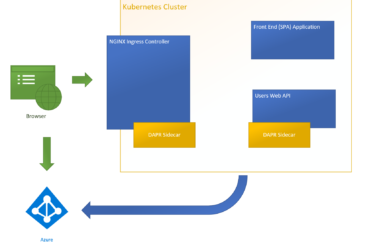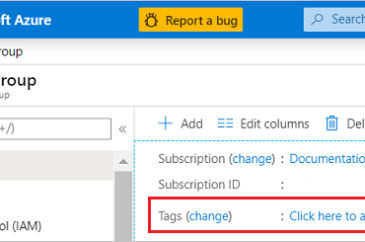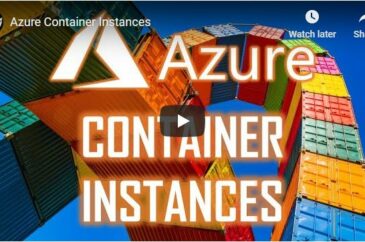
Tech on Fire: Azure Container Registry and Container File Systems
Having your own container registry for container images ensures better control over security and quality. Azure Container Registry does this with a turn-key solution with a lot of value-added features. In this video, we’ll look at Azure Container Registry and how container file systems play into making registries work to save time and space.






